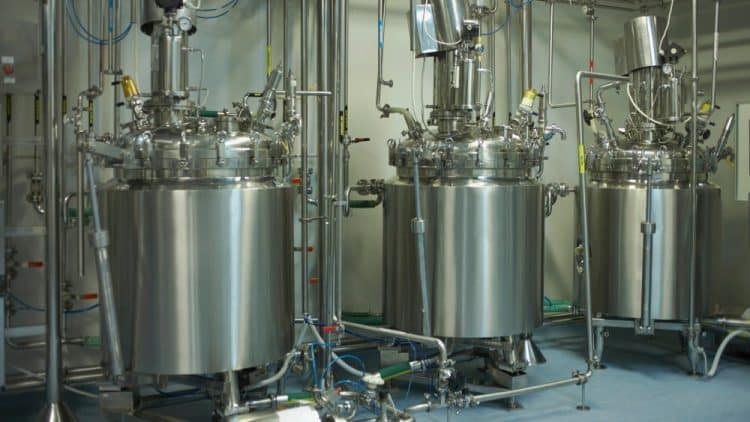Researchers have recently developed and optimized a method for supercritical fluid extraction (SFE) and the subsequent quantification of 11 different cannabinoids. [1] It only took a series of seven experiments, each improving upon the last and accounting for different variables, before this new SFE configuration was successfully designed to produce maximum cannabinoid extraction yields.
The 11 cannabinoids this SFE method is good for are cannabidivarin (CBDV), tetrahydrocannabivarin (THCV), cannabidiol (CBD), cannabigerol (CBG), cannabidiolic acid (CBDA), cannabigerolic acid (CBGA), cannabinol (CBN), delta 9-tetrahydrocannabinol (∆9-THC), delta 8-tetrahydrocannabinol (∆8-THC), cannabichromene (CBC), and tetrahydrocannabinolic acid (THCA).
These cannabinoids showed the highest yields when using supercritical carbon dioxide (CO2) extraction “performed at 37 ºC, a pressure of 250 bar with the maximum theoretical density of CO2 (893.7 kg/m3).” [1] To help researchers come to this conclusion, both the Nottingham unit (figure 1) and Helix unit (figure 2) were used. One major upgrade to the design “was the sample holding chamber, and their inlet and outlet positions for CO2.” [1] The Nottingham unit had a 60.0 mL stainless steel vessel with a 250 mL syringe pump attached to the liquid CO2 cylinder. It allowed regulation of pressure in the extracting chamber. This compares to the 100 mL maximum capacity of the Helix unit’s stainless-steel sample holding chamber with pressure regulated by a preconditioning chamber
Figure 1: Schematic of the Nottingham unit with inverted chamber (to the right) for depressurization. Reprinted from: Qamar S, et al. Development and optimization of supercritical fluid extraction setup leading to quantification of 11 cannabinoids derived from medicinal cannabis. Biology. 2021;10:481. https://doi.org/10.3390/biology10060481. License: CC BY 4.0
Figure 2: Schematic of the Helix unit with separating chamber. Reprinted from: Qamar S, et al. Development and optimization of supercritical fluid extraction setup leading to quantification of 11 cannabinoids derived from medicinal cannabis. Biology. 2021;10:481. https://doi.org/10.3390/biology10060481. License: CC BY 4.0
Another variable related to each extract’s purity; the researchers added glass wool and stainless-steel filters to the Nottingham design and relied on “built-in filters” in the Helix unit. They also incorporated a separating chamber in the Helix “to reduce the throttling effect and dry ice formation during the depressurization process.”
To quantify the cannabinoids, the researchers used ultra-high-performance liquid chromatography (uHPLC) coupled with diode array detection (DAD). Quantifying 11 cannabinoids required 32 minutes. The pH of the chromatographic mobile phases and the operating pressure of the column both strongly influenced the cannabinoids’ retention times. This was determined using complete UV-visible spectra of each cannabinoid.
The uHPLC-DAD method used in this study underwent strict and repetitive testing to ensure precision, accuracy, and repeatability as part of the method validation. With the help of Minitab 17 software, every part of the statistical analysis was performed in triplicate. Overall, the researchers optimized their method for supercritical CO2 extraction at at 37ºC, 250 bar pressure, and 180 minutes with the “maximum theoretical density” of CO2 (893.7 kg/m3).
Reference:
- Qamar S, et al. Development and optimization of supercritical fluid extraction setup leading to quantification of 11 cannabinoids derived from medicinal cannabis. Biology. 2021;10:481. https://doi.org/10.3390/biology10060481 Times Cited: 0 Journal Impact Factor: 5.079













